Wang Y.0-08-036944-8-1984
Table of contents :
Front Cover……Page 1
Seismic Amplitude Inversion in Reflection Tomography……Page 4
Copyright Page……Page 5
Contents……Page 14
Preface……Page 8
Introduction……Page 10
1.1 Introduction……Page 18
1.2 Velocity-depth ambiguity in traveltime inversion……Page 20
1.3 Resolving ambiguity by using amplitude information……Page 21
1.4 Overview of amplitude inversion……Page 24
1.5 Analytical expression for the geometrical spreading function for layered structures……Page 28
2.1 Introduction……Page 32
2.2 Bending ray tracing method……Page 34
2.3 Traveltime and its perturbations……Page 37
2.4 Propagator of paraxial rays and geometrical spreading……Page 40
2.5 Ray perturbations due to model perturbations……Page 44
2.6 Ray amplitude……Page 49
3.1 Introduction……Page 52
3.2 The Zöppritz equations……Page 53
3.3 The pseudo-p 2 expressions……Page 55
3.4 Quadratic expressions in terms of elastic contrasts……Page 56
3.5 Accuracy of the quadratic approximations……Page 58
3.6 Amplitude coefficients represented as a function of three elastic parameters……Page 61
3.7 Three elastic parameters from amplitude inversion……Page 62
3.8 Implication for fluid substitution modelling……Page 65
4.1 Introduction……Page 68
4.2 Parameterization and forward modelling……Page 69
4.3 Subspace gradient inversion method……Page 71
4.4 A simple example of reflection amplitude inversion……Page 74
4.5 Inversion for an interface represented as a sum of harmonic functions……Page 81
4.6 Stability of the amplitude inversion……Page 87
4.7 Strategy for the choice of Ak and M……Page 89
4.8 Discussion……Page 93
5.1 Introduction……Page 96
5.2 Amplitude dependence on slowness perturbation……Page 97
5.3 Inversion algorithm……Page 100
5.4 Inversion example of 1-D slowness distribution……Page 104
5.5 Constraining higher wavenumber components……Page 106
5.6 Robustness of the inversion in the presence of model error or data noise……Page 110
5.7 Inversion of arbitrary smooth velocity anomalies……Page 112
5.8 Discussion……Page 118
6.1 Introduction……Page 120
6.2 The Hessian and the norm in model space……Page 122
6.3 Sensitivities to interface geometry……Page 128
6.4 Sensitivities to 2-D slowness variation……Page 142
6.5 Inversion formula……Page 148
6.6 Joint inversion for an interface……Page 152
6.7 Joint inversion for slowness……Page 153
6.8 Discussion……Page 157
7.1 Introduction……Page 160
7.2 Forward calculation and inverse method……Page 161
7.3 Preliminary inversion test……Page 165
7.4 Damped subspace method……Page 169
7.5 Multi-scale scheme……Page 172
7.6 Multi-stage damped subspace method……Page 174
8.1 Introduction……Page 180
8.2 Amplitudes estimated from migrated gathers……Page 182
8.3 Demigration of reflection amplitudes……Page 186
8.4 Winnowing amplitudes by LOESS……Page 189
8.5 Inversion procedure……Page 191
8.6 Inversion results……Page 194
9.1 Introduction……Page 200
9.2 Ray-amplitude and its approximation……Page 201
9.3 Inversion method……Page 202
9.4 Inversion example……Page 207
9.5 Measurements for lithological interpretation……Page 212
9.6 Structural effects on amplitude variation……Page 215
10.1 Introduction……Page 218
10.2 Decomposition of ray-amplitude……Page 219
10.3 The inverse problem……Page 221
10.4 Sample dataset of gas-water contact……Page 223
10.5 Inversion results……Page 226
10.6 The Chebyshev spectra of the AVO attributes……Page 229
11.1 Introduction……Page 234
11.2 Estimate of amplitudes, traveltimes and data uncertainties……Page 236
11.3 Tomographic inversion incorporating more information and using an improved forward calculation……Page 238
11.4 Consideration of factors influencing amplitudes……Page 239
11.5 Turning-ray tomography for near-surface velocity structure and attenuation……Page 243
11.6 Prestack seismic trace inversion for ray elastic impedance……Page 244
A.1 Derivation of the geometrical spreading function……Page 252
A.2 Derivation of reflection amplitude demigration……Page 256
References……Page 260
Author Index……Page 268
Topic Index……Page 270
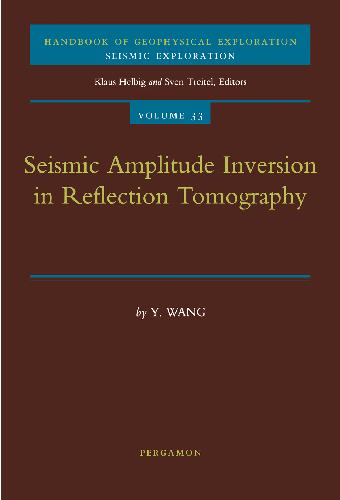

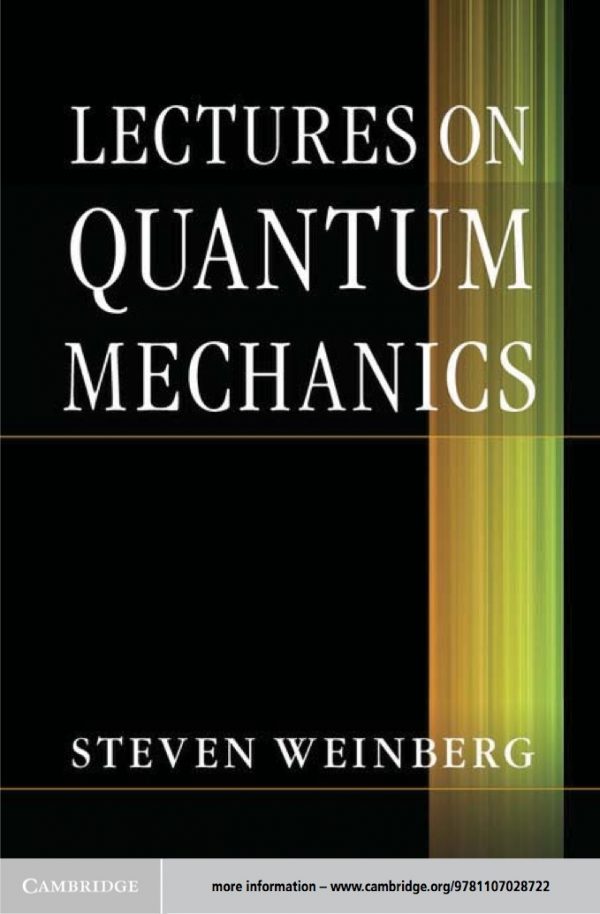
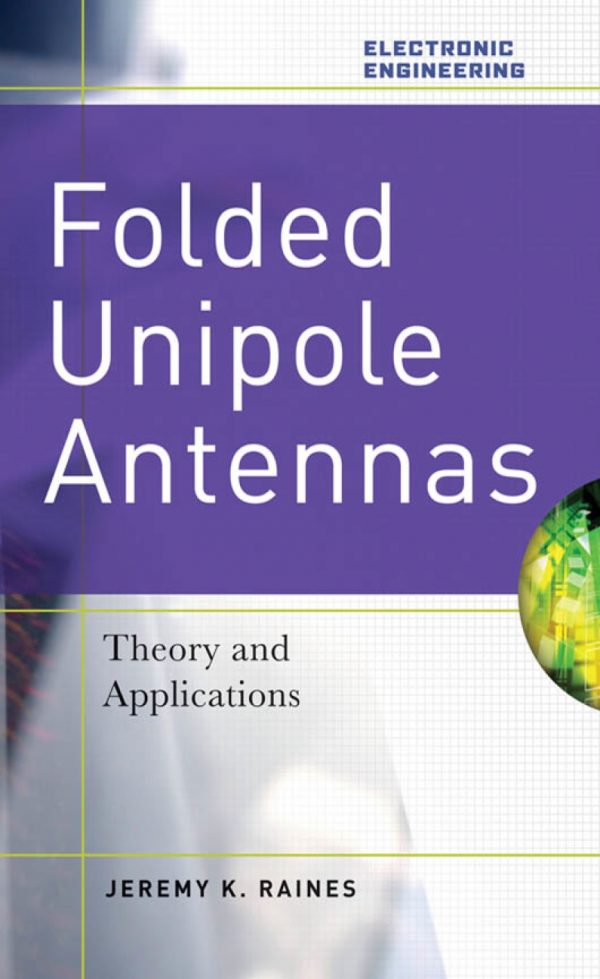
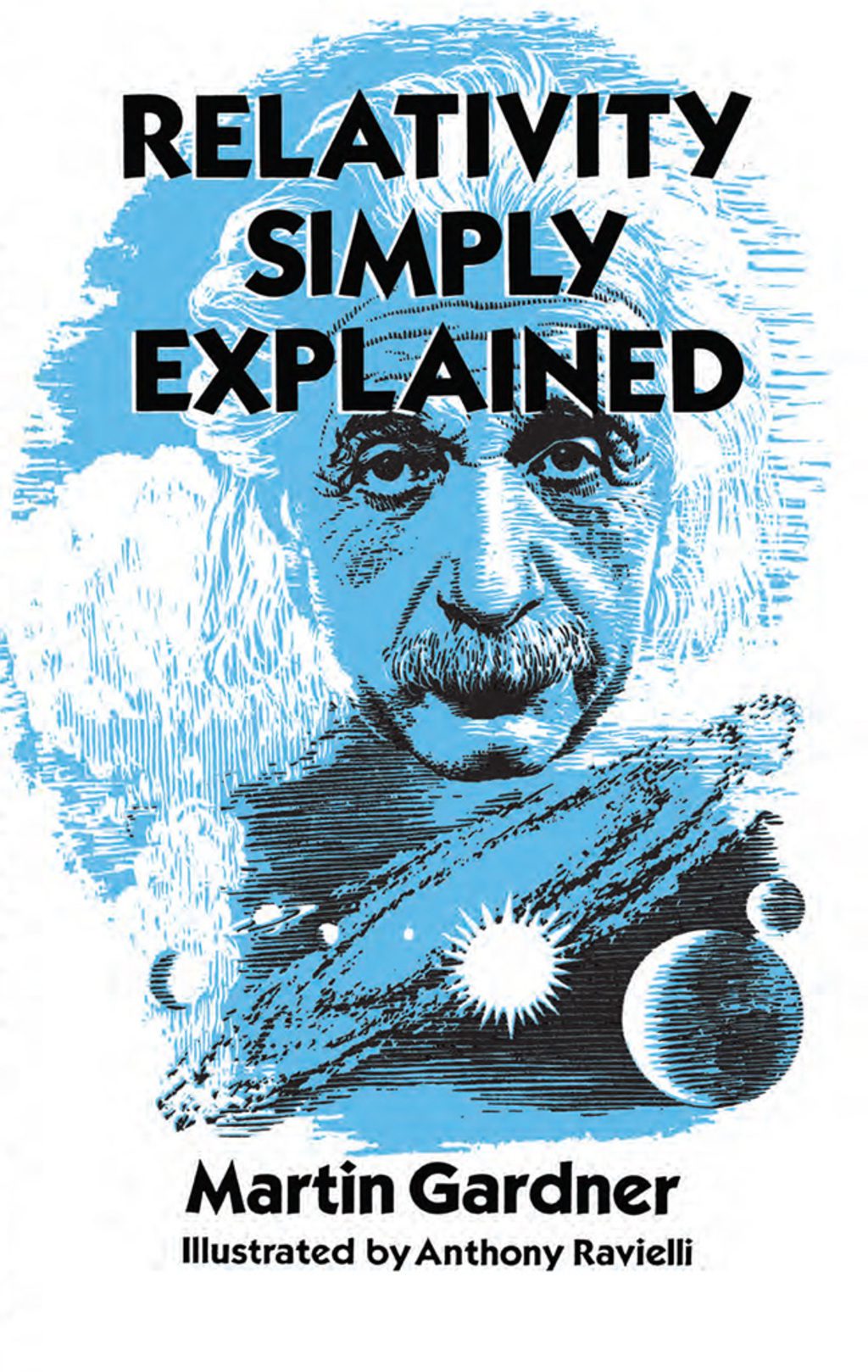

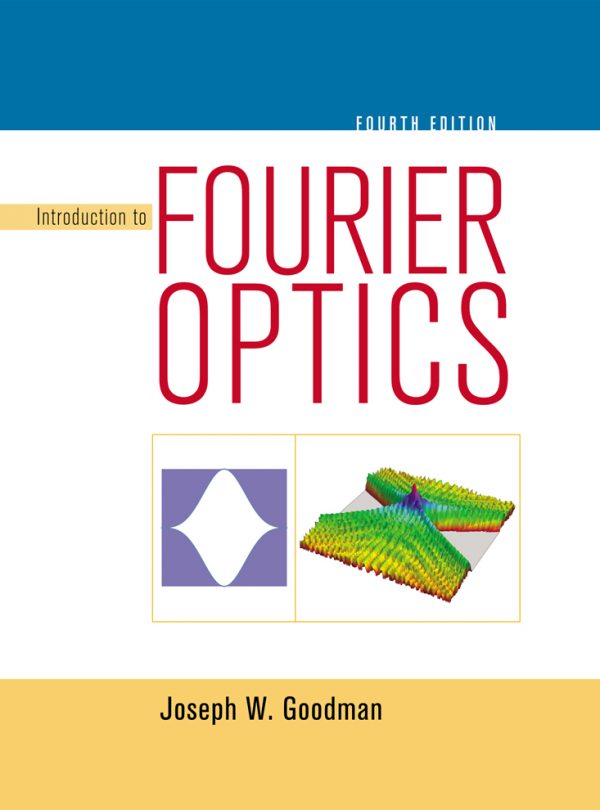
Reviews
There are no reviews yet.